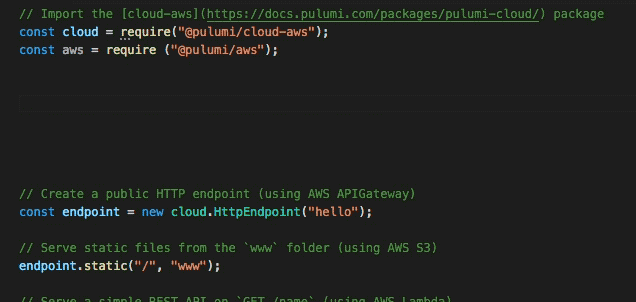
This guest post is from Simon Zelazny of
Wallaroo Labs.
Find out how Wallaroo powered their cluster provisioning with Pulumi,
for data science on demand.
Last month, we took a
long-running pandas classifier
and made it run faster by leveraging Wallaroo’s parallelization
capabilities. This time around, we’d like to kick it up a notch and see
if we can keep scaling out to meet higher demand. We’d also like to be
as economical as possible: provision infrastructure as needed and
de-provision it when we’re done processing.
If you don’t feel like reading the post linked above, here’s a short
summary of the situation: there’s a batch job that you’re running every
hour, on the hour. This job receives a CSV file and classifies each row
of the file, using a Pandas-based algorithm. The run-time of the job is
starting to near the one-hour mark, and there’s concern that the
pipeline will break down once the input data grows past a particular
point.
In the blog post, we show how to split up the input data into smaller
dataframes, and distribute them among workers in an ad-hoc Wallaroo
cluster, running on one physical machine. Parallelizing the work in this
manner buys us a lot of time, and the batch job can continue processing
increasing amounts of data.
Read more →




